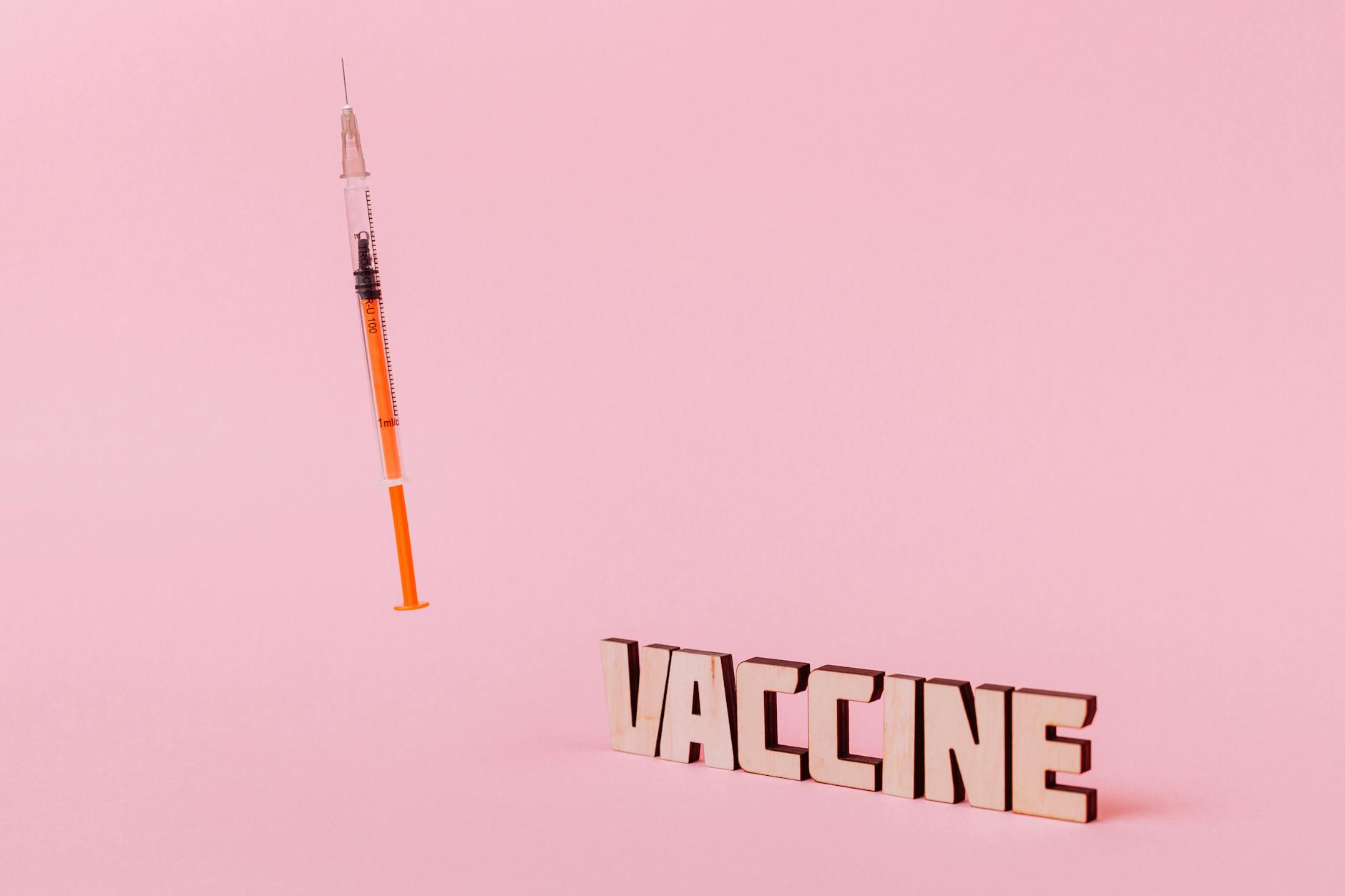The Unflinching Witness: Remembering Jules Witcover, Architect of Modern Political Reporting
A Prolific Voice Who Chronicled Decades of American Political Turmoil with Clarity and Nuance
The landscape of political journalism has lost one of its most seasoned and insightful chroniclers. Jules Witcover, a name synonymous with in-depth, analytical coverage of American presidential politics for over half a century, passed away at the age of 98. His career, marked by a relentless pursuit of the story and a commitment to clarity, spanned an era of seismic shifts in American society and governance, from the civil rights movement to the digital age. Witcover’s legacy is not just in the thousands of articles and numerous books he authored, but in the enduring standard he set for understanding the intricate dance of power, policy, and public opinion.
Witcover’s work, particularly his long-running syndicated column “Politics Today,” offered readers a vital, often unvarnished, perspective on the machinations of Washington and the campaigns that shaped the nation. He was a journalist of the “old school,” a descriptor that speaks to his dedication to rigorous research, extensive interviewing, and the meticulous construction of narrative that illuminated the complexities of political life. This approach, while perhaps less flashy than some contemporary methods, provided a foundational understanding of political processes that remains invaluable.
His passing marks the end of an era for a certain kind of political reporting – one that prioritized deep dives into policy, character, and historical context over fleeting scoops or partisan cheerleading. Witcover was an observer, an interpreter, and, at times, a gentle guide through the often-turbulent waters of American politics. His body of work serves as a testament to the power of journalism to not just report events, but to explain their significance and their roots.
Further reading on the impact of political journalism can be found at the Nieman Reports, a publication dedicated to improving the quality of journalism.
Context & Background: A Career Forged in the Crucible of American Politics
Jules Witcover’s journey as a journalist began in a period of profound transformation for the United States. Born in Chicago in 1927, he graduated from the University of Illinois and embarked on a career that would see him witness and meticulously document some of the most pivotal moments in modern American history.
His early career included significant tenures at papers like the Los Angeles Times and the Washington Post, where he honed his skills covering national politics. It was during these formative years that he developed his distinctive style: deeply researched, analytically sharp, and committed to explaining the ‘why’ behind political events, not just the ‘what’.
Witcover’s reputation truly solidified with the launch of his syndicated column, “Politics Today,” which provided a consistent and authoritative voice on presidential campaigns and the inner workings of Washington for decades. This column, which appeared in numerous newspapers across the country, became a trusted source for millions seeking a more nuanced understanding of the political landscape.
Beyond his column, Witcover was also a prolific author, penning several acclaimed books that delved into the intricacies of presidential elections and political careers. His works often offered a historical perspective, drawing parallels and contrasts with past contests to illuminate contemporary challenges. Notable among his books are those that analyzed specific presidential elections, providing readers with detailed accounts of the strategies, personalities, and unforeseen events that shaped the outcomes.
His approach was characterized by an adherence to the principles of traditional journalism: thorough fact-checking, a commitment to presenting multiple perspectives, and a dedication to explaining complex issues in an accessible manner. In an era that often saw journalism leaning towards faster-paced, more opinion-driven commentary, Witcover remained a steadfast advocate for in-depth reporting and thoughtful analysis. This dedication to the craft earned him widespread respect from colleagues and readers alike.
For insights into the evolution of newspaper journalism and the role of syndicated columns, the American Press Institute offers valuable historical context and analysis.
In-Depth Analysis: The Witcover Method – Unpacking the Nuances of Power
What set Jules Witcover apart was his “method.” It was less about breaking news and more about dissecting the anatomy of political power. He understood that a presidential campaign, or a policy debate in Washington, was not a monolithic event but a complex ecosystem of competing interests, personal ambitions, and historical forces. His writing invited readers to look beneath the surface, to understand the strategies employed by candidates, the underlying motivations of policymakers, and the societal currents that shaped public opinion.
Witcover’s analysis often focused on the mechanics of presidential campaigns. He was adept at explaining electoral strategies, the importance of demographics, and the often-invisible work that goes into mobilizing voters. His books and columns frequently explored the evolution of campaign tactics, from the early days of television advertising to the rise of digital campaigning. He meticulously chronicled how candidates built their messages, how they responded to opponents, and how they navigated the unpredictable terrain of public perception.
His work also provided critical insights into the legislative process and the dynamics of governance in Washington. Witcover understood that policy is rarely born in a vacuum; it is the product of negotiation, compromise, and often, intense ideological struggle. He could illuminate the subtle shifts in political alliances, the behind-the-scenes maneuvering that shaped legislation, and the impact of external pressures on policy decisions. This deep understanding of institutional politics provided a valuable counterpoint to the more personality-driven narratives that often dominate political coverage.
A hallmark of Witcover’s reporting was his ability to provide historical context. He rarely approached a contemporary event without referencing past precedents, drawing lessons from previous elections, policy debates, or political eras. This historical grounding allowed him to identify patterns, understand the long-term implications of current events, and offer a more profound perspective on the enduring themes in American politics. For example, when discussing shifts in voter allegiance, he might draw parallels to similar realignments in the past, offering a richer understanding of the forces at play.
Furthermore, Witcover was known for his balanced approach. While he was undeniably knowledgeable and opinionated, his writing was characterized by fairness and a commitment to representing different viewpoints accurately. He was not afraid to criticize politicians or policies, but his critiques were always rooted in reasoned argument and a thorough understanding of the facts. This intellectual integrity made his work a trusted resource for a wide spectrum of readers, regardless of their political leanings.
The study of electoral strategy and campaign finance is a core component of political science. Resources from the Federal Election Commission (FEC) provide data and regulations related to campaign activities in the United States.
Pros and Cons: Evaluating the Legacy of a Political Reporter
Jules Witcover’s extensive career offers a rich case study in the practice of political journalism. Examining his contributions reveals both the strengths of his approach and potential areas for consideration in the context of modern media.
Pros:
- Depth of Analysis: Witcover’s primary strength lay in his ability to go beyond superficial reporting and provide in-depth analysis of political events. His readers gained a comprehensive understanding of the issues, strategies, and historical context. This depth fostered informed public discourse.
- Historical Perspective: By consistently embedding current events within a historical framework, Witcover offered a unique and valuable perspective. This historical lens helped readers recognize recurring patterns in politics and understand the long-term implications of contemporary developments.
- Commitment to Balance and Nuance: Witcover was dedicated to presenting multiple sides of an issue and avoiding overly partisan or inflammatory language. His balanced approach fostered credibility and allowed readers to form their own informed opinions.
- Clarity and Accessibility: Despite the complexity of the subjects he covered, Witcover’s writing was consistently clear and accessible. He had a gift for translating intricate political processes and policy debates into language that a broad audience could understand and appreciate.
- Enduring Relevance of “Old School” Journalism: In an era often characterized by rapid-fire news cycles and soundbite journalism, Witcover’s dedication to thorough research, careful consideration, and well-reasoned argumentation underscores the enduring value of traditional journalistic principles.
- Prolific Output: The sheer volume of his work – columns, books, and articles – provides a rich archive of American political history, offering invaluable resources for students, scholars, and engaged citizens alike.
Cons:
- Pace and Timeliness in a Digital Age: The thoroughness and analytical depth that characterized Witcover’s work, while highly valuable, could sometimes mean a slower pace than is often expected in today’s digital news environment. This is a general observation about the shift in media consumption rather than a direct criticism of his individual output.
- Potential for Perceived Distance from Immediate Public Sentiment: While his focus on analysis and context was a strength, some contemporary readers might perceive a detachment from the raw, immediate emotional responses that can characterize online political discourse. This is a stylistic difference inherent in his approach.
- Reliance on Traditional Gatekeepers: As a print journalist, Witcover’s reach was mediated by newspaper editors and syndication processes. While this ensured a level of quality control, it differs from the more direct distribution methods available to modern digital creators.
The evolving nature of news consumption and the role of traditional media outlets are subjects frequently examined by academic institutions. The Columbia Journalism School offers insights into these ongoing shifts.
Key Takeaways
- Jules Witcover was a highly respected political reporter and columnist whose career spanned over 50 years, providing in-depth analysis of American presidential politics.
- His syndicated column, “Politics Today,” and numerous books established him as a key voice in explaining political strategy, historical context, and the workings of government.
- Witcover’s journalistic approach emphasized thorough research, balanced reporting, and clear, accessible language, setting a high standard for political analysis.
- He was adept at dissecting campaign mechanics, legislative processes, and the influence of historical trends on contemporary political events.
- His legacy highlights the enduring value of in-depth, nuanced reporting in fostering an informed citizenry, even in a rapidly changing media landscape.
- Witcover’s work serves as a critical resource for understanding decades of American political history and the evolution of political discourse.
Future Outlook: The Enduring Relevance of Witcover’s Principles
In an era defined by rapid information dissemination, the rise of social media, and an increasingly polarized public square, the principles that guided Jules Witcover’s career remain profoundly relevant. While the media landscape has transformed dramatically since Witcover began his work, the need for credible, nuanced, and historically informed political analysis has arguably never been greater.
The challenge for contemporary political journalism is to adapt Witcover’s commitment to depth and accuracy to the demands of new platforms. This involves finding ways to convey complex analysis efficiently without sacrificing rigor or clarity. It also means actively combating the spread of misinformation and disinformation by providing readers with reliable context and factual reporting. Witcover’s dedication to explaining the ‘why’ behind political events offers a valuable blueprint for navigating the often-superficial nature of online political discourse.
Furthermore, his emphasis on historical perspective serves as a crucial reminder that understanding current political trends often requires looking beyond the immediate news cycle. By connecting present-day issues to their historical antecedents, journalists can provide a more robust and insightful understanding of the forces shaping our society. This approach can help readers identify patterns, understand the long-term implications of policy decisions, and resist the tendency towards ahistorical explanations.
The success of Witcover’s approach suggests a persistent audience appetite for thoughtful, evidence-based reporting that transcends partisan divides. As the media ecosystem continues to evolve, the principles of fairness, accuracy, and intellectual curiosity that defined Witcover’s work will likely remain foundational to credible journalism. The task ahead is to ensure these principles are effectively applied and communicated across all platforms, maintaining the trust of the public and fostering a more informed and engaged citizenry.
Organizations dedicated to media literacy and journalistic ethics, such as the Poynter Institute, continue to explore and promote best practices in journalism for the digital age.
Call to Action
The passing of Jules Witcover is an opportunity for reflection on the critical role of informed political discourse in a democratic society. As consumers of news, we have a responsibility to seek out and support journalism that prioritizes depth, accuracy, and balanced analysis. We can honor Witcover’s legacy by:
- Actively seeking out diverse news sources: Read beyond your preferred outlets and engage with reporting that offers different perspectives and in-depth analysis.
- Supporting credible journalism: Subscribe to newspapers and publications that invest in investigative reporting and in-depth political coverage.
- Engaging critically with information: Question claims, verify facts, and be wary of emotionally charged language or unsubstantiated assertions.
- Educating ourselves on historical context: Understand that current events are often shaped by past decisions and trends, and seek out resources that provide this context.
- Advocating for responsible journalism: Support initiatives and organizations that work to uphold journalistic standards and combat misinformation.
By embracing these practices, we can contribute to a media environment that values the kind of insightful, well-researched reporting that defined the career of Jules Witcover, ensuring that the public remains well-informed and empowered to participate meaningfully in the democratic process.









